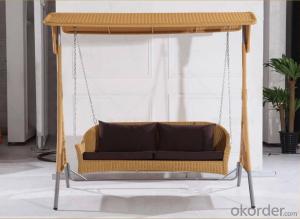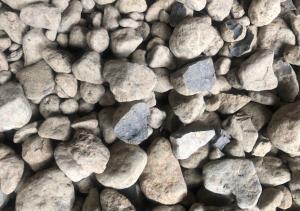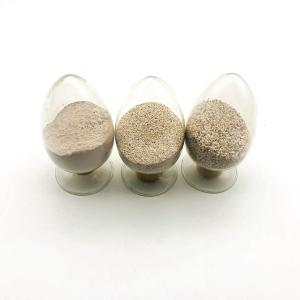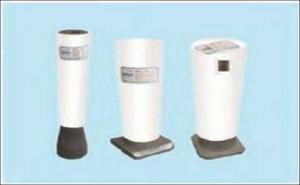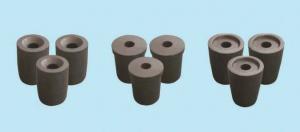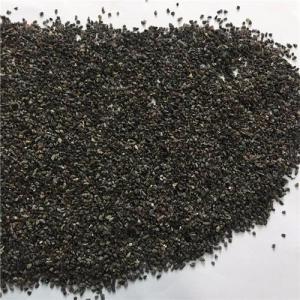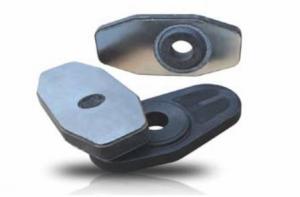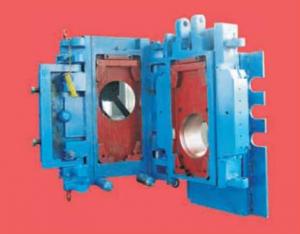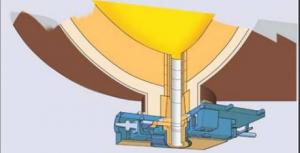Aluminum Nitride Plate
Aluminum Nitride Plate Related Searches
Led Light Bulbs For Ceiling Fixtures Led Lamps For Ceiling 42 In Ceiling Fan With Light Aluminum Coil Stock For Gutters Aluminum Foil For The Grill Hole Saw For Aluminum Plate Aluminum Tread Plate For Trailer Bow Plate For Aluminum Boat Aluminum Foil For Grow Room Aluminum Foil For Joint PainHot Searches
Stock Price For Aluminum Aluminum Coil Stock For Sale Aluminum Gutter Coil For Sale Used Aluminum Scaffolding For Sale 1/4 Aluminum Plate For Sale Aluminum Bar Stock For Sale Aluminum Round Stock For Sale Aluminum Diamond Plate For Sale Aluminum Scaffolding For Sale Craigslist 6061 Aluminum Plate For Sale Aluminum Dock Plate For Sale 7075 Aluminum Plate For Sale Aluminum Tread Plate For Sale Aluminum Checker Plate For Sale Aluminum Plate For Sale Near Me Plate Aluminum For Sale Aluminum Plate For Sale Aluminum Square Stock For Sale Aluminum Flat Stock For Sale Billet Aluminum Stock For SaleAluminum Nitride Plate Supplier & Manufacturer from China
Okorder.com is a professional Aluminum Nitride Plate supplier & manufacturer, offers integrated one-stop services including real-time quoting and online cargo tracking. We are funded by CNBM Group, a Fortune 500 enterprise and the largest Aluminum Nitride Plate firm in China.Hot Products
FAQ
- What is the fireproofing requirements of external wall thermal insulation materials?
- in the 2011 and 2012 revised version of "Fireproof? Specification of Building Design" in China, the external insulating layer of above 50 meters (approximately 16 layers) of the housing must use the level A material. The latest draft for approval is not so strict, above 100 meters (about 33 layers) only use level A material. The manuscript of "Building Regulations" is also regulated building's external wall thermal insulation materials in the crowded places should be level A. Except the residential buildings and the buildings in the crowded places, the height of other buildings is greater than 50 meters, combustion performance of insulation materials should be level A; the height buildings is greater than 24 meters but not more than 50 meters, combustion performance of insulation materials should not be lower than level B1. "Building Regulations" manuscript should relax the rules on the aspect of protective coating in level B1 and B2 insulation material. The outer of level B1 and B2 level insulation material must use incombustible?material as protective coating, its thickness is changed from the original 10 cm to 5 cm. Given certain conditions, I feel you can use TDD exterior wall thermal insulation decoration integrated rock wool board for construction, which is level A fireproofing with a short construction period and good thermal insulation properties. I hope I can help you!
- What is glass furnace used high-grade refractory materials?
- Corundum brick, such as alumina hollow ball brick. In addition, in the key parts of the glass furnace needs to use chromium zirconium corundum material. I'm salesman of zibo lei bao refractories company. The softening temperature of corundum mullite brick is 1500 degrees. So glass melting furnace needs to use refractory materials which high temperature resistance is more than 1600 degrees.
- What kind of refractory materials are used in metallurgy industry?
- Argon-blowing rod, siliceous dry vibrating materials, desulfurizer, slag-stopping ball, stainless steel thermal insulating agent with high efficiency, dry vibration material, sizing nozzle heat-insulating panel, chrome refractory , refractory carstables for ladles, magnesia carbon refractory, package castable, siliceous drainage agent, tundish block, iron trough, deoxidizer, compound deoxidizer,silicon manganese alloy , stemming, floating plug,slagging agent. The main materials are as follows: recarburizer, covering agent, intermediate frequency furnace burden, mould fluxes, insulation thin slag agent, skimmer repair material, joint sealant.
- Who knows what is the external wall thermal insulation materials for level A fireproofing?
- external wall thermal insulation materials level A fireproofing: Incombustible building material is a material that does not occur any burning. Class A1: Monomer inorganic non-combustible. Noncombustible means no open fire. Class A2: Non-flammable organic compound is namely composite materials and non-flammable, the amount of smoke must be qualified. Class B1: nonflammable building material: non-flame material has good flame resistance. It is difficult to fire under the condition of open fire in the air or high temperature, and it is not easy to quickly spread, and when the combustion?source is removed, the combustion will stop immediately. Class B2: combustible?building?materials: flame material has a good flame resistance. In case of fire in the air or at high temperature, it will immediately burst into flames, and easily lead to the spread of fire, such as wooden column, timber roof truss, timber beam and wooden stairs.
- What does refractory mean?
- Ordinary refractories are often used brick, semisilica brick, clay brick, high alumina brick, magnesia brick etc..Special materials often use AZS brick, corundum brick, magnesia chrome brick, silicon carbide, silicon nitride bonded silicon carbide, nitrides, silicides, sulfide, boride, carbide and other non oxide refractory materials; calcium oxide, chromium oxide, alumina, Magnesium Oxide, beryllium and other refractory materials. Often used insulation refractories are diatomite products, asbestos products, insulation panels and so onUnshaped refractory materials commonly used are fettling, refractory ramming material, refractory castable, refractory plastic material, refractory clay, refractory gunning, refractory cast material, fireproof coating, lightweight castable, mud etc..
- What are the specifications of fire resistant bag?
- Mesh number, namely hole number, refers to the hold number in each square inch. 5o mesh refers to 50 holes in each square inch and 500 mesh 500 holes. The larger the mesh number is, the more the holes are. The larger the mesh number is, the smaller the hole aperture is. Generally speaking, mesh number× aperture (microns) = 15000. For example, the aperture of a sieve of 400 mesh is about 38 microns; the aperture of a sieve of 500 mesh is about 30 microns.
- How can refractory material of the electric furnace be used for longer.
- Key: 1, consider the furnace size; As furnace volume differs, pressure of liquid iron (steel) on the crucible wall lining will not the same; 2, consider melting steel type: If different steels are melt, the erosion of steel liquid on the lining refractory is not the same; 3, give full consideration to the lining of the grain size distribution of the refractory material, otherwise, it will cause of refractory matrix size segregation. 4, regardless of the kind of refractory materials, take full consideration into the mineral phrase of refractory material, high temperature and other equal factors. 2011 - 01 - 05 Guangyi mineral
- What requirements should refractory materials meet?
- Ladle is an necessary equipment to undertake molten steel and continuous casting. As many kinds of steel needs to be processed in the ladle, including argon blowing tempering, alloy composition fine-tuning, refining dusting and vacuum processing, working conditions of the ladle lining have worsened. Their working conditions are as follows. (1) The temperature of molten steel is higher than mold casting ladle. (2) the molten steel stays longerin the ladle. (3) ladle lining are subjected to volatilization and agitation of molten steel under high temperatures and in vacuum. (4) The impact on the lining when undertaking steel liner when the impact effect. Therefore requirements of the ladle refractories are as follows: (1) It can resist high temperature. Molten steel should be able to withstand high temperatures without melting. (2) It can resist thermal shock and can withstand molten steel without cracking and spalling. (3) It can resist slag erosion. The ladle should be able to withstand the erosion of lining caused by slag and alkalinity changes of slag. (4) it should have sufficiently high temperature mechanical strength to withstand the agitation and scouring of molten steel. (5) lined should have certain swelling property so that lining will be united as a whole under the effect of hyperthermal molten steel.


























